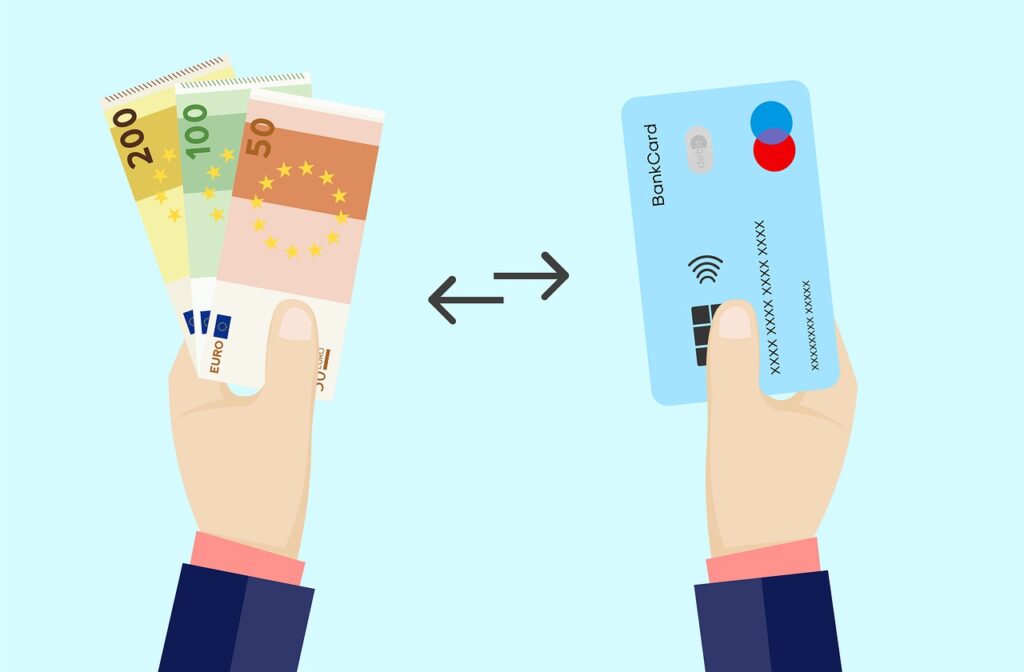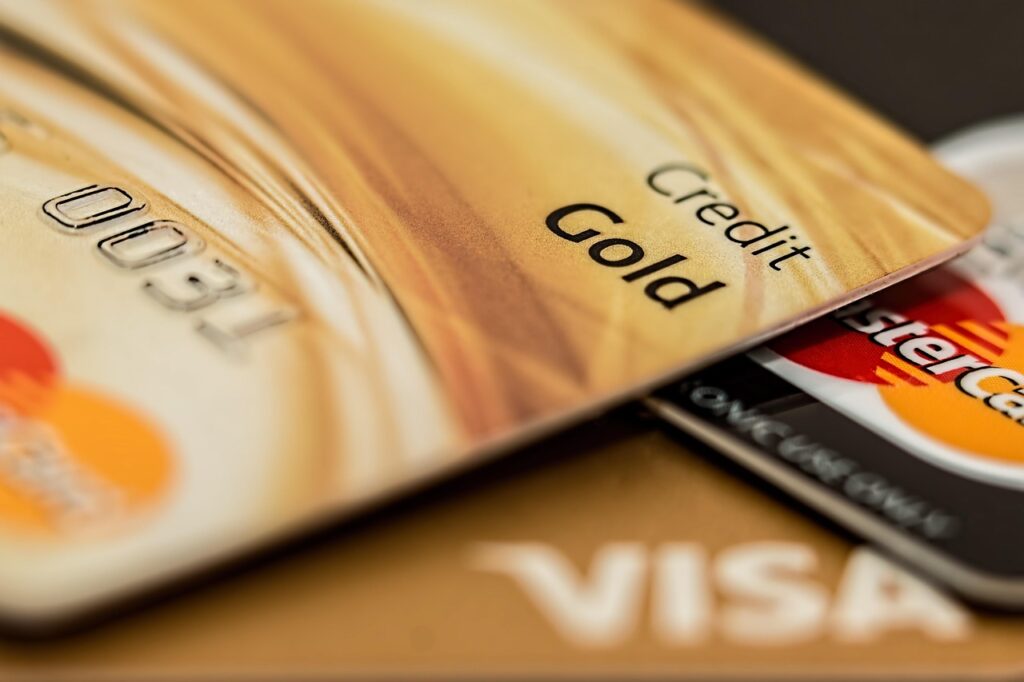
Want to raise your credit fast and build a good score? You’ve come to the right place! We’re all striving for financial betterment, and improving your credit score is one of the most powerful steps you can take. A high credit score opens doors to numerous benefits, like lower interest rates, larger lines of credit, and even better rewards. If your credit score isn’t quite where you want it to be, or if you’re just starting out, there are incredibly effective strategies you can employ to see significant improvements, sometimes in as little as 30 days.
Building a solid credit history is often seen as a gradual process that requires time and consistent effort, and while that’s true for reaching the very top tiers, you can absolutely start seeing positive shifts quickly. The key is to identify what might be dragging your credit down – perhaps a missed payment, a high credit card balance, or even a mistake on your credit report. By pinpointing these issues, you can then apply targeted strategies to give your score that much-needed boost.
We’ve dug deep into the most impactful and actionable steps you can take right now to improve your credit. Get ready to empower yourself with knowledge and turn your financial aspirations into reality. We’re going to walk through some of the most influential factors in your credit score and show you how to tackle them head-on. Let’s dive into the first set of strategies designed to put you on the fast track to a better credit score!

1. **Pay bills on time**No strategy to improve your credit will be truly effective if you’re consistently paying bills late. Your payment history is, without a doubt, the largest scoring factor in both FICO and VantageScore credit scoring systems. Late payments can unfortunately linger on your credit reports for a substantial seven years, casting a long shadow over your financial profile.
If you find yourself in a situation where you’ve missed a payment by 30 days or more, it’s crucial to address it immediately by paying the outstanding balance. After bringing your account current, reach out to the creditor, either by phone or online chat. Politely inquire if they would consider no longer reporting the missed payment to the credit bureaus. You’re much more likely to find success with this approach if this was a rare, one-time occurrence and you have an otherwise stellar record of on-time payments.
Even if the creditor doesn’t agree to your request for a goodwill deletion, it remains incredibly important to bring your account up to date as quickly as possible. Each month that an account is marked delinquent can hurt your score, creating a continuous negative impact. Preventing future missed payments is a low-effort, high-reward action; consider setting up account reminders or opting for automatic payments to cover at least the minimum amount due. This simple step can significantly improve your credit over time, and the impact of delinquent payments fades with consistent positive activity.
Read more about: 6 Unstoppable Businesses That Were Born from the Great Recession’s Turmoil

2. **Pay credit card balances strategically**Understanding and managing your credit utilization is paramount to boosting your score. This term refers to the portion of your credit limits you’re currently using. A widely accepted guideline is to use less than 30% of your limit on any single card, but here’s a pro tip: lower is always better! In fact, the individuals who boast the highest credit scores typically maintain their credit utilization in the single digits, showcasing the power of keeping balances minimal.
The amount of credit you’re utilizing is a significant piece of the puzzle when your credit score is calculated. To keep this ratio in your favor, you have a couple of excellent strategies. You can either proactively pay down your balance before the billing cycle officially ends, or, if your income fluctuates, make smaller, more frequent payments throughout the month to consistently keep that balance low. Don’t forget to leverage other income sources, too, like seasonal work earnings, tax refunds, or even gifts, to further reduce your outstanding balances.
Knowing when your card issuer reports to the credit bureaus is a game-changer. This usually happens around the end of your billing cycle, and you can often find this date on your statement. If it’s not explicitly clear, a quick call to your card issuer’s customer service line can clarify the specific date or time frame, and they can also inform you which bureaus they report to. This strategy can work incredibly fast; as soon as your credit card reports a lower balance to the credit bureaus, that improved utilization will be immediately factored into your score, offering a quick lift.
Read more about: Stop the Drain: 14 Critical Retirement Pitfalls That Turn Savings into Costly Money Pits After Age 60
3. **Ask for higher credit limits**Here’s a fantastic, often overlooked strategy that can instantly improve your credit score: asking for a higher credit limit. When your credit limit increases, but your spending habits remain the same (meaning your balance stays consistent), it immediately lowers your overall credit utilization ratio. As we discussed, credit utilization is a highly influential factor in your credit scores, making this a powerful move.
If your financial situation has improved since you first acquired your credit card—perhaps you’ve seen an increase in income, or you’ve accumulated more years of positive credit history—you are likely in an excellent position to request a higher limit. Creditors are often more willing to extend more credit to users who demonstrate responsible financial behavior and a stable income, seeing it as a lower risk.
However, before you pick up the phone or click that ‘request increase’ button, it’s absolutely vital to have a solid plan in place for how you’ll maintain your spending habits. The goal is to lower your utilization, not to open the floodgates for more spending. If you know that higher limits might tempt you to spend more, this particular strategy might not be the best fit for your current financial discipline. When you do make the request, ask your credit card issuer if it’s possible to avoid a “hard” credit inquiry, which can temporarily drop your score a few points, though the impact is usually minor and short-lived.
Read more about: Unpacking the AI Revolution: 15 Must-Know Facts About ChatGPT’s Evolution and Impact
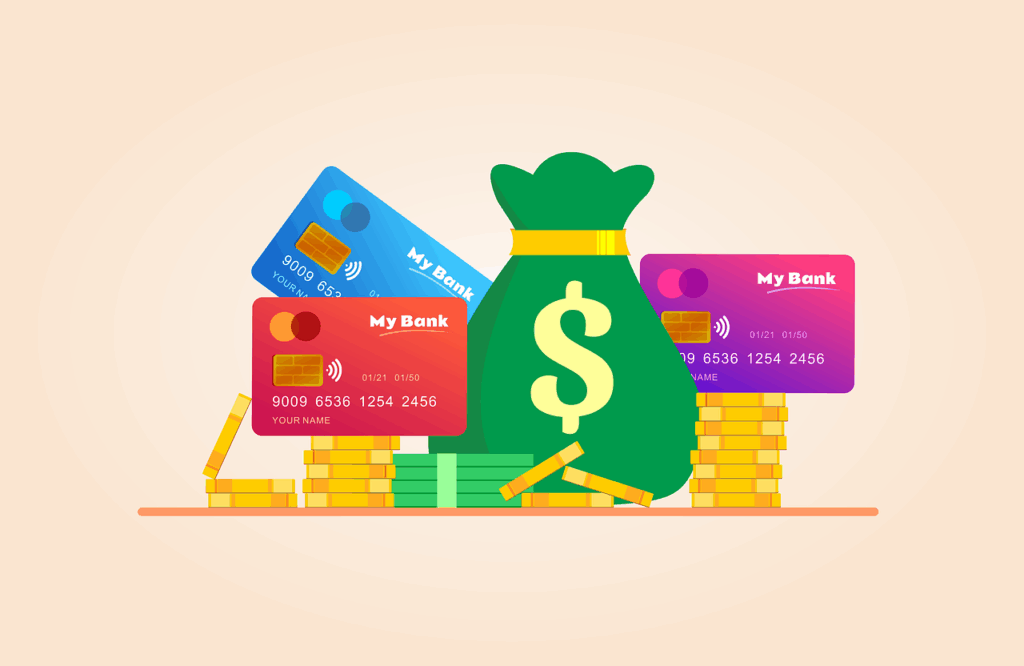
4. **Become an authorized user**Leveraging the positive credit history of someone you trust can be a remarkably fast way to boost your own score, particularly if you’re new to credit or have a thin credit file. If a relative or mentor, for example, has a credit card account with a high credit limit and an impeccable history of on-time payments, consider asking them to add you as an authorized user. The best part? The account holder doesn’t even have to let you physically use the card, or even provide you with the account number, for your credit to benefit.
To maximize the positive impact, make sure the account reports to all three major credit bureaus: Equifax, Experian, and TransUnion. Most credit cards already do this, but a quick check ensures you’re getting the best possible effect. For those new to credit, this can provide a significant jump, effectively ‘inheriting’ a positive credit history. For individuals with established credit trying to offset past missteps or lower their credit utilization, the effect will be smaller, but still beneficial.
This strategy is often highlighted by real users as a quick way to see improvements. For instance, one user on Reddit reported seeing their score go from 496 to 660 in just three months by being added as an authorized user on someone else’s established credit card. While individual experiences vary, the potential for rapid improvement is clear. The time commitment for you is low to medium, primarily involving a discussion with the account holder about whether you’ll have access to the card or simply be listed as an authorized user. As soon as you’re added and the lender reports the updated information, your credit profile can start benefiting.
Read more about: Why Your Home Wi-Fi Is Slow: 12 Common Mistakes and Quick Fixes for a Faster Network
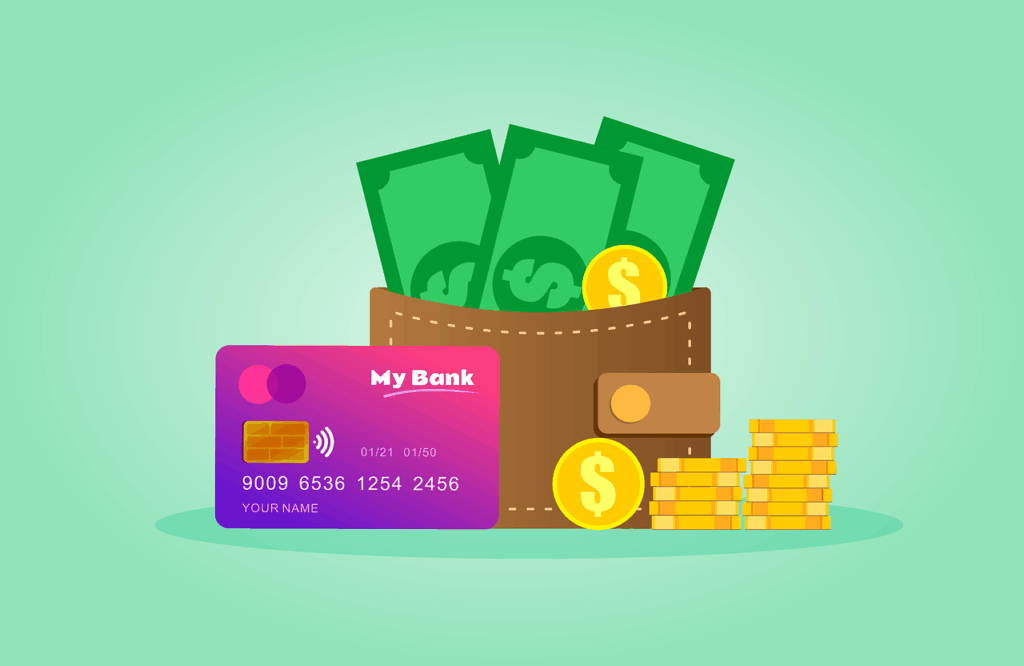
5. **Dispute credit report errors**A surprisingly common issue that can silently drag down your credit score is a mistake on one of your credit reports. In fact, almost half of people (44 percent) have errors on their credit reports. While not all errors cause negative credit effects, disputing those that do can be a swift and effective way to improve your credit, sometimes quite dramatically.
You are legally entitled to free weekly reports from each of the three major credit bureaus. Make it a habit to use AnnualCreditReport.com to request these reports and meticulously check them for any inaccuracies. Look for payments that are incorrectly marked as late when you know you paid on time, or even credit activity that isn’t yours, indicating a potential mix-up or identity theft. Additionally, keep an eye out for negative information—such as a bankruptcy, an account in collections, foreclosures, or other derogatory marks—that are too old to be listed anymore. Generally, negative items are removed after seven years.
The impact of correcting an error can vary, but it could be highly significant if, for example, a creditor is erroneously reporting that you missed a payment when you didn’t. This can have a substantial positive effect because payment history is such a critical factor in your score. The time commitment here is medium to high, as it involves requesting and reading your reports, submitting disputes, and tracking the follow-up. However, this process is incredibly worthwhile, especially if you’re aiming to build your credit ahead of a major financial milestone like applying for a large loan. For mortgages, it’s wise to get disputes resolved with plenty of time to spare, as the bureaus have 30 to 45 days to investigate and respond.
Read more about: Consumer Alert: Unmasking the Hidden Costs and Traps of Your Subscription Services at Renewal
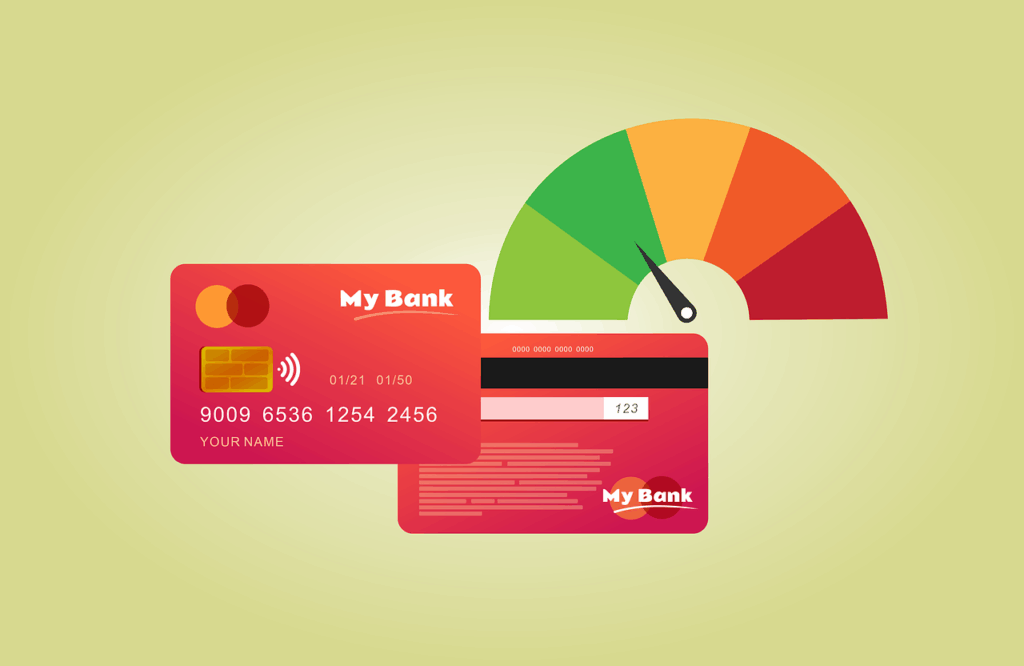
6. **Deal with collections accounts**Collections accounts represent serious negative marks on your credit report, and actively dealing with them can lead to significant improvements in your score. Paying off a collections account immediately removes the threat that you could be sued over the debt, which is a substantial relief. Beyond that, you may also be able to negotiate with the collection agency to stop reporting the debt once you’ve paid it in full. This is a powerful negotiation point that can directly benefit your credit profile.
It’s also crucial to review your credit reports for any collections accounts that are inaccurate or that have simply aged off your credit report but are still mistakenly listed. If a collection account is inaccurate or too old to be reported, you have every right to have it removed. Taking these steps can vary in their impact, but if a collector agrees to stop reporting the account, it could help a great deal, especially on newer scoring models.
The effect of paying off collections varies based on the credit scoring model. For example, the widely used FICO 8 model still takes paid collections into account when calculating your score. However, newer FICO models and VantageScores are more forgiving and often ignore paid-off collections entirely. This means that for these more recent models, your score could improve moderately quickly, as soon as the paid-off status is reported to the credit bureaus. In other scenarios, such as disputing an account or requesting a goodwill deletion, the process might take a few months, but the effort is well worth the potential score increase. Real-world experiences echo this, with one Reddit user reporting a jump from 540 to 660 in three months after paying off collections.
Read more about: Unmasking the Masters of Deception: 13 Legendary Forgeries That Fooled the Art World and Beyond
7. **Use a secured credit card**A highly effective strategy for building or rebuilding your credit is to open a secured credit card. This type of card is backed by a cash deposit you pay upfront, which then serves as collateral and your credit limit. This structure minimizes risk for the issuer, making it an accessible way for individuals to demonstrate responsible credit behavior and begin establishing a positive credit history.
Using a secured card is much like using any other credit card: you make purchases and then pay your bill. Consistently making on-time payments on a secured card is reported to the major credit bureaus, directly contributing to your credit score. This makes secured cards an excellent tool for those new to credit who need to establish a file, or for individuals with “dented credit” seeking to add positive history and dilute the impact of past missteps.
However, diligent management is crucial; missing payments can incur late fees or force the issuer to use your deposit, hurting your efforts. When choosing a card, ensure it reports activity to all three major credit bureaus—Equifax, Experian, and TransUnion—to maximize impact. If a deposit is a barrier, explore alternative credit cards that don’t require one but still offer a path to building credit.
The primary aim of a secured card is to establish a solid track record of low balances and on-time payments, not just to have another card. While not an instant fix, you can typically expect to see positive results and a stronger credit profile develop over several months as your responsible usage is consistently reported to the bureaus. This consistent positive activity builds a foundation for long-term credit health.
Read more about: Beyond the Spotlight: 14 Celebrities Who Secretly Revolutionized the World with Their Unexpected Inventions and Patents
8. **Get credit for rent and utility payments**Traditionally, on-time rent and utility payments weren’t factored into FICO 8 credit scores, though VantageScores often include them. However, new services now ensure your consistent payment history for essentials works in your favor. Rent-reporting services, for example, can add your on-time rent payments directly to your credit reports. This provides valuable documentation for lenders, even if not all scoring models immediately utilize it for calculations.
Having these records visible on your credit reports can be incredibly beneficial. Should a prospective lender review your reports, a long and consistent history of on-time rent payments will strengthen your overall financial trustworthiness. This can significantly help them make more informed decisions about your creditworthiness, especially if you have a thin credit file or are rebuilding.
Experian Boost offers another compelling way to leverage everyday payments. This free service links your bank accounts to scan for on-time payments made to streaming services, phone bills, utility providers, and eligible rent payments. You then choose which payments to add to your Experian credit report, potentially increasing your Experian-powered credit scores instantly. While Boost can be instant, the rent-reporting aspect, like stand-alone services, varies; some offer an instant “lookback” of past payments, while others take several months to build a substantial record.
Read more about: 6 Unstoppable Businesses That Were Born from the Great Recession’s Turmoil
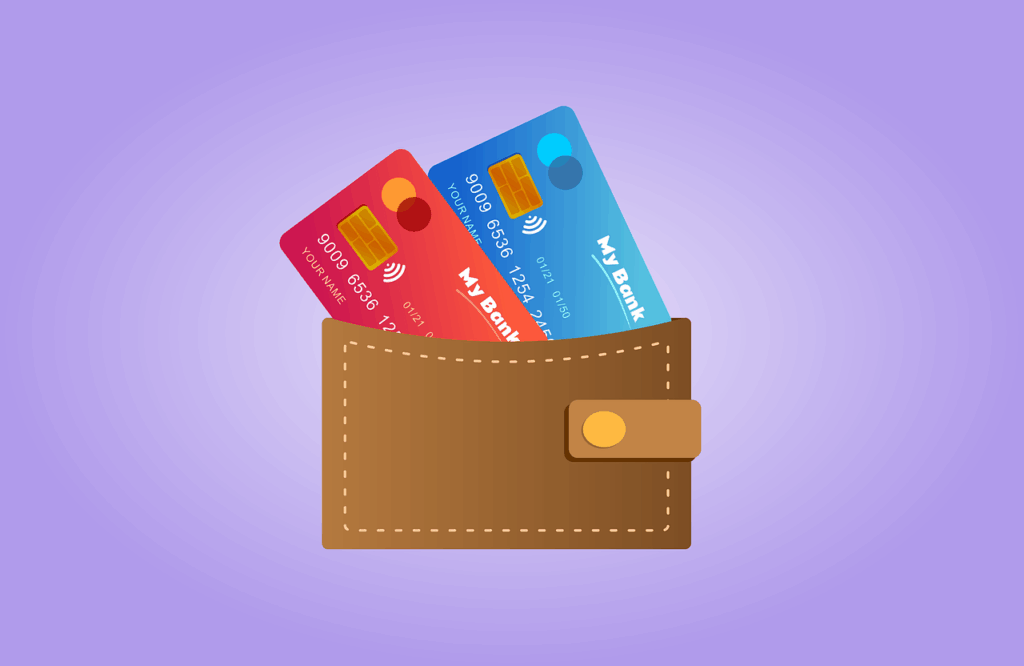
9. **Add to your credit mix**Expanding your “credit mix” is a strategic move that can further enhance your credit score, especially if your current credit profile lacks variety. Your credit mix accounts for 10% of your FICO® Score, demonstrating your ability to manage different types of credit responsibly. A diverse profile—for instance, a combination of credit cards, an auto loan, and a mortgage—signals to lenders that you can handle various financial obligations effectively, which is seen as a positive indicator of credit health.
If a secured credit card isn’t feasible due to the upfront deposit, a credit-builder loan can serve as an excellent, low-cost alternative. These loans are specifically designed to help you establish a positive payment history. You make regular payments into a savings account, which you receive back once the loan term concludes. Crucially, ensure any credit-builder loan you consider reports your payment activity to all three major credit bureaus: Equifax, Experian, and TransUnion, so your efforts are fully recognized across your credit profile.
For individuals who primarily have loans, or perhaps very few credit cards, acquiring a new credit card can also significantly improve your credit mix. Beyond simply diversifying your account types, a new credit card can positively impact your credit utilization ratio by providing additional available credit. As long as you maintain your spending habits and keep your balances low relative to your new, higher total credit limit, this increase in available credit can help reduce your overall utilization, a major factor in your credit score.
This strategy offers the most potential gain for those with limited existing accounts or relatively short credit histories, as it broadens their financial experience in the eyes of credit scoring models. However, for those with an already robust and diverse credit profile, the immediate impact may be less dramatic. Before opening new accounts, carefully weigh the time commitment for research and applications, and consider any potential costs like interest and fees, especially if your primary motivation is credit improvement. The good news is that adding to your credit mix can yield relatively fast results; as soon as the new account’s activity is reported to the credit bureaus, it can start to positively influence your score, setting you on a path to sustained financial growth.
Read more about: Totally Tubular ’00s Throwback: 14 Leading Ladies Who Ruled Style and Hollywood Glamour!
10. **Don’t Close Your Oldest Account**It might seem sensible to close an old, unused credit card, especially to avoid annual fees or simplify finances. However, doing so can surprisingly harm your credit score. The moment you close an account, you immediately lose that card’s available credit. This instantly increases your overall credit utilization rate across your remaining cards, potentially causing a significant dip in your score.
Beyond utilization, the length of your credit history is a critical factor, making up 15% of your FICO® Score. This percentage is heavily influenced by the age of your oldest and newest accounts, as well as the average age of all your accounts. Closing an old account, particularly one of your earliest, effectively shortens your credit history. This negatively impacts this important scoring component, as lenders prefer to see a long history of responsible credit management.
To avoid this pitfall, even if an old card is no longer actively used, consider keeping it active. Make a small purchase every few months or place a minor recurring bill on it. This ensures the account remains open, contributing positively to your length of credit history and overall available credit. If the card no longer suits your needs, such as due to an annual fee, contact your issuer to inquire about upgrading or downgrading to a different product. This allows you to retain the valuable credit history while switching to a more suitable card.
The impact of closing an old credit card can manifest relatively quickly, particularly if it’s one of your only cards with a high limit. If you’re carrying high balances on other cards, losing the available credit from a closed account will inflate your utilization ratio, causing an immediate score drop. While positive payment history stays on your report for up to 10 years, the immediate loss of available credit and potential shortening of your average account age can swiftly diminish your creditworthiness.
Read more about: Alfa-Betty Olsen, the Unsung ‘Comic Conspirator’ Who Shaped Iconic Humor, Dies at 88
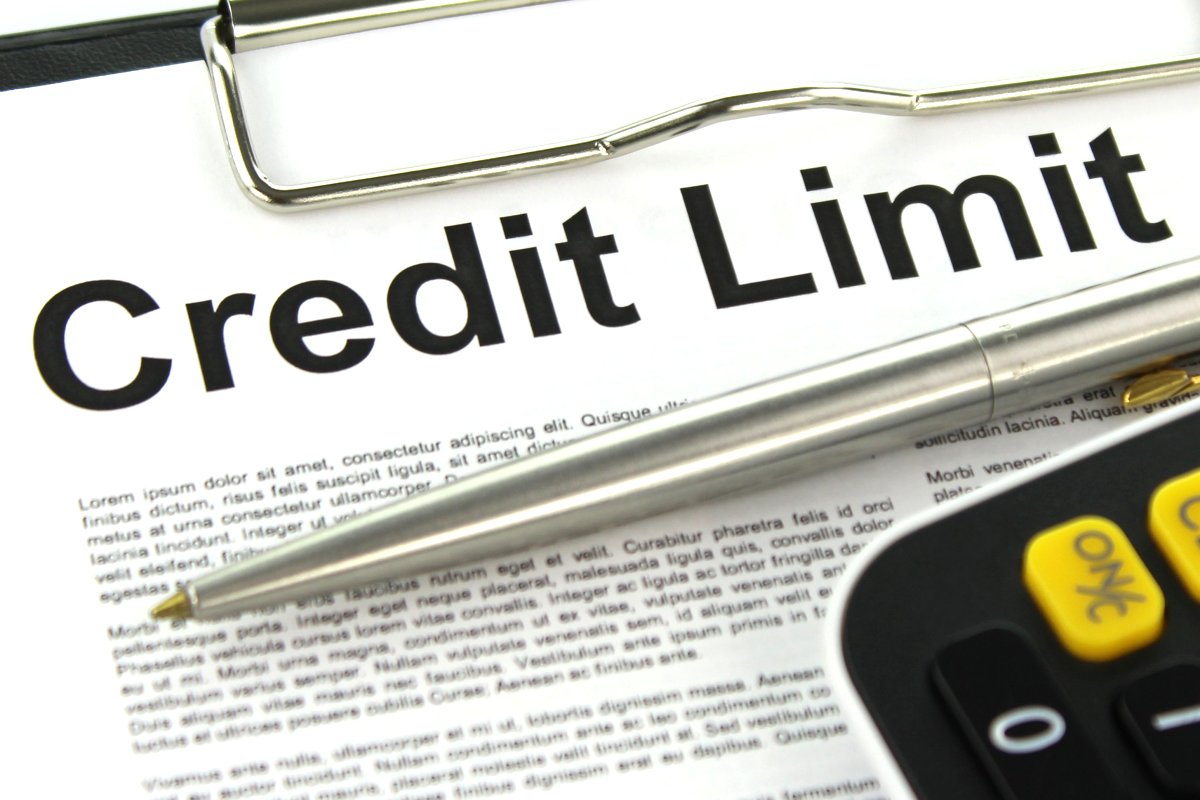
11. **Limit New Credit Applications**While the desire to boost your credit mix or gain more available credit is understandable, exercising caution and limiting new credit applications is a smart long-term strategy. Virtually every time you apply for credit—be it a new credit card, car loan, or mortgage—the lender will perform a “hard inquiry” on one or more of your credit reports. These hard inquiries, along with the recency of new accounts, collectively make up 10% of your FICO® Score.
Each individual hard inquiry typically knocks fewer than five points off your credit score, contributing to a temporary dip. The greater concern arises with multiple inquiries in a short period, especially for several credit cards. This can signal to lenders potential financial distress or an overextension of debt, leading to a compounding negative effect that can significantly slow your credit improvement journey. It’s a subtle yet impactful factor that merits careful consideration.
The most effective action is to apply for new credit only when genuinely needed. Before a full application, check if the lender offers prequalification. This involves a “soft credit check,” providing an idea of eligibility and terms without impacting your credit score. Prequalification allows you to shop around and compare offers without incurring multiple hard inquiries that could negatively affect your score.
For major loans like mortgages, auto, or student loans, newer FICO® Score versions are more forgiving. They often combine multiple inquiries into a single event for scoring purposes, provided you complete your rate-shopping within 14 to 45 days, depending on the version. However, remember hard inquiries remain on your reports for up to two years, though their impact on your FICO® Score generally diminishes after one year. Strategically limiting new applications protects your score and demonstrates financial stability to potential lenders.
Read more about: Unpacking the AI Revolution: 15 Must-Know Facts About ChatGPT’s Evolution and Impact
Embarking on the journey to improve your credit score can feel like a marathon, but with these actionable strategies, you’re equipped to make significant progress, potentially within a matter of weeks and certainly over a few months. Remember, building a strong credit profile isn’t just about reaching a number; it’s about unlocking financial freedom, accessing better opportunities, and achieving your long-term goals. By consistently implementing these habits—from managing existing accounts wisely to exploring new credit-building tools—you’re not just improving a score; you’re actively investing in your financial future and setting yourself up for sustained success.



